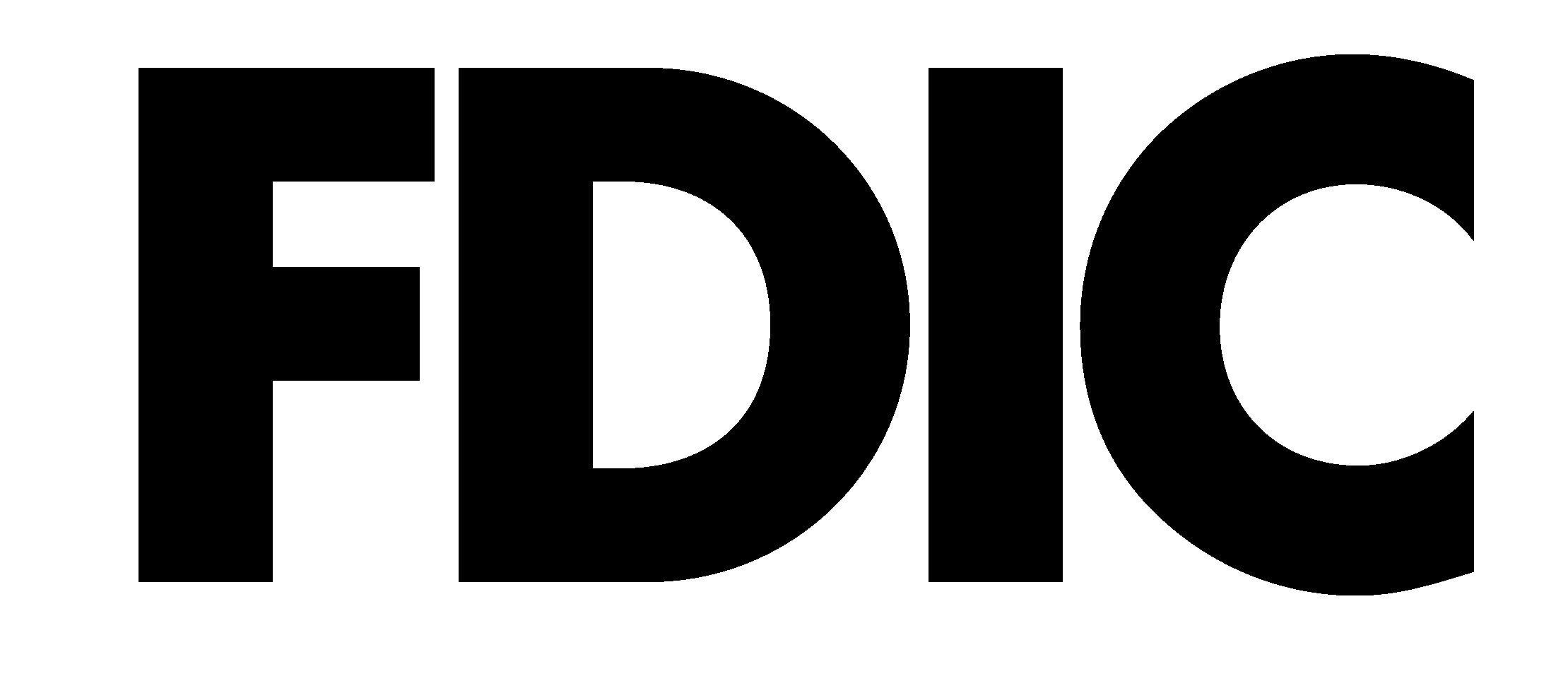The costs of starting your small business are high. You will have to pay for a location and employees, and you’ll also need money for your products or equipment. To counteract all the payments you’ll have, you’ll need to set price points that are low enough to not drive potential customers away but high enough to turn a profit.
You may find it difficult if it’s your first time handling pricing. Many people either overprice or underprice based on the economy and previous beliefs, Inc. claimed. In struggling economies, businesses set their prices too low, thinking that will allow them to compete better with others in their industry. However, the least expensive isn’t always the most desirable. If the price is too low, consumers may think your product is cheap, which will cause them to turn to stores they believe have higher quality items. The same happens when the costs are too high. People won’t pay more than they think the product is worth.
Pricing products may be hard, but by considering the following suggestions, you’ll be able to find a middle ground:
1. Know Your Audience
You shouldn’t just throw your product onto shelves, hoping it will sell and cover manufacturing costs. Instead, you should do market research to determine how to go about it, Inc. suggested. Pass out surveys, allow consumers to test items, or do demonstrations. You need to find out their thoughts before you waste your money. Determine your users’ demographics, how they’ll use your product,t and how much they’re willing to pay. If you price it too much higher than that or market it to the wrong people, you won’t see much of a return on your investment.
2. Determine Your Costs
You don’t want to price your items too high, but you can’t mark them too low. Your business will be on its way to failing in that case. What you can do is add up all your costs to provide the service or create the product, the U.S. Small Business Administration explained. What do your materials cost? How much do your employees make? How much money goes toward other expenses, such as rent and marketing? After all those payments are removed, you’ll need to set prices high enough to profit. If you aren’t sure how to go about this, try talking to financial services at your community bank or the SBA.
3. Consider the Competition
What are others in your industry charging for a similar product or service? How do their items compare to yours? You need to determine where in that chain you want your company to fit. You may not want it to be the cheapest, but the most expensive won’t help you either, especially if you’re going up against larger corporations. They’ll have different purchasing and pricing methods because of their higher revenue, making competing with them unrealistic. Instead, look at what businesses similar to you are doing and go from there.
4. Be Flexible
The economy will change, and so will your consumers’ buying habits. You need to monitor the market and adjust accordingly. You’ll have to consider what people are willing to pay over time, how the economy is doing, what your competitors charge, and how many products you think you can sell. It will all influence how you price items at any given time.
Setting prices can be stressful for a new business. You’ll want to appeal to consumers without hurting your financial plan. By keeping an eye on your industry and your cash flow, you can establish pricing to accomplish both those goals.
Budget Your Business Out With First United Bank & Trust
First United Bank & Trust is your one-stop shop for all things related to business banking so you can easily manage your finances. Contact our team or find your nearest branch online to get started today!


